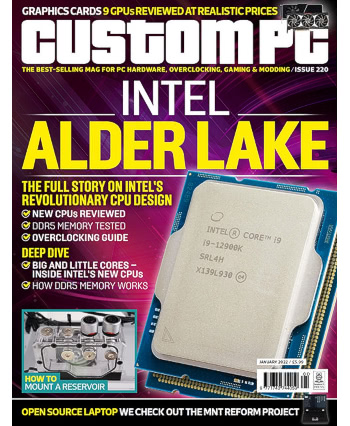
The meat of my latest five-page column is a relatively straightforward review of the MNT Reform, a laptop that’s anything but straightforward. The brainchild of MNT Research, and the second-generation of the core design, the MNT Reform is open – from the design of the chassis with its eye-catching transparent base to the electrical designs for the motherboard, system-on-module, and even the 3D-printed trackball which sits below a mechanical keyboard.
As a laptop, though, it’s easy to find the Reform wanting on a number of fronts – from lacklustre performance to the absence of niceties like having it suspend when you close the lid. I then dive deeper into the project itself – and reveal something both unique and absolutely worthy of celebration, with an enthusiastic and growing community boding well for its future.
Two of the biggest issues highlighted in the review have since been resolved for future production runs: the trackball has been greatly enhanced by the addition of steel bearings, and the troubling power drain while “off” which can empty the batteries has been addressed with a firmware update to put the system management controller into a low-power deep-sleep mode.
Computer Lib/Dream Machines is, despite having been published in 1974, a publication with a very similar ethos at its heart: the idea that computing not only should be accessible to all but must be accessible to all. Long out of print, despite Microsoft’s efforts to publish a professionally typeset and updated version of the eclectic original in 1987, the book manages to be both of-its-era and yet somehow entirely relevant – and that’s even before you flip Computer Lib over to reveal Dream Machines as a second book bound as one.
The original version of the book has been preserved at The Internet Archive, and is well worth a read – though its format means you may spend quite some time zooming in and out.
All this, and more, is available now at your nearest supermarket or newsagent, online with global delivery, or as a DRM-free PDF download from the official website.
